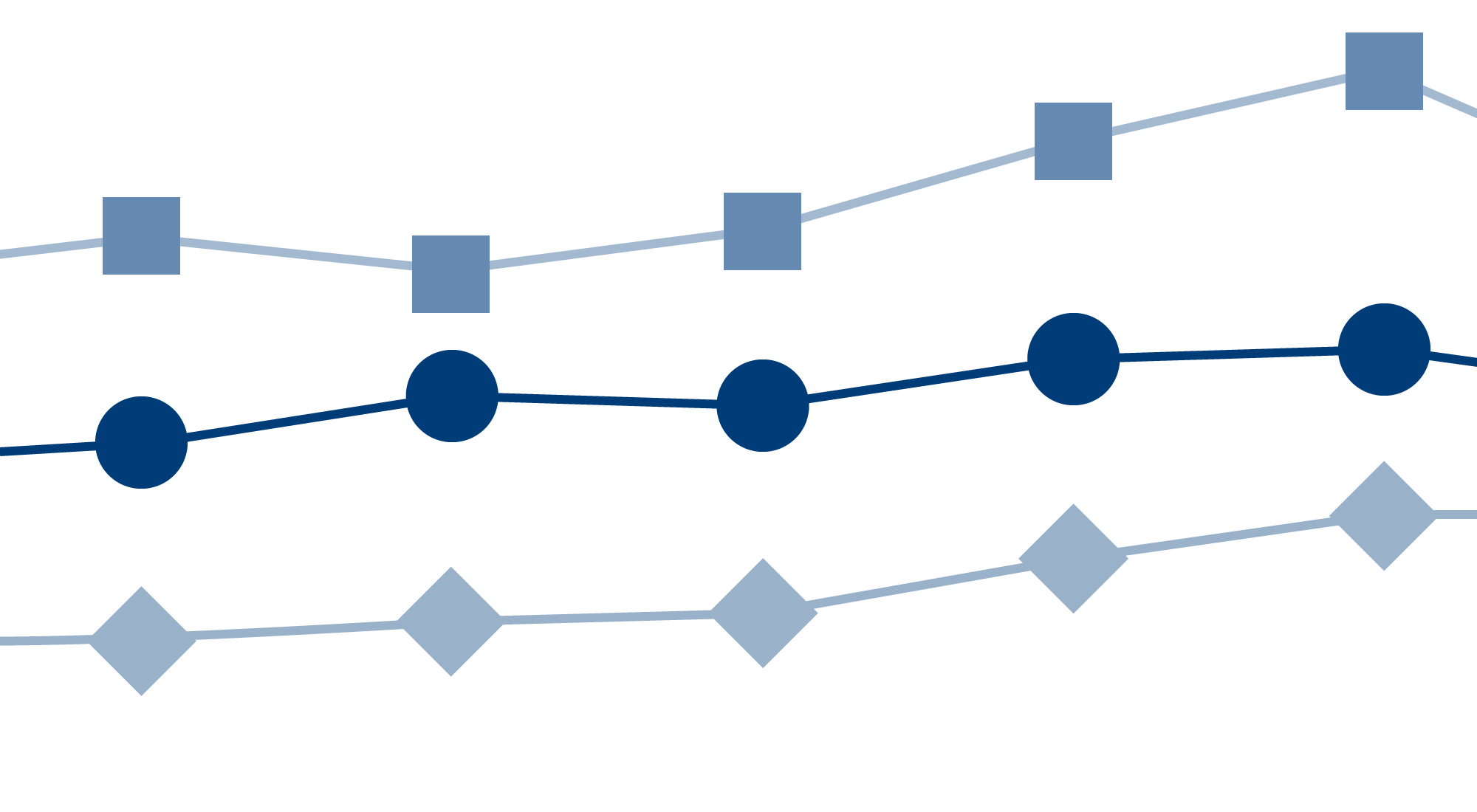Occupational Health
Health is a key element of employees’ well-being and work ability. It may be impaired by both work-related and non-work-related factors. Health can also be supported both at the workplace and in free time. The key experts on the relation between work and health are the occupational health care personnel, who see to it, together with workplace personnel, that employees work safely and that their work ability is maintained and promoted.

The development of mental health problems and absences in the healthcare and social welfare sector as well as in the art, culture and events sectors is similar to other sectors
The share of employees in the healthcare and social welfare sector as well as the art, culture and events sectors with recorded specialized health care appointments, sickness absences and disability pensions resulting from mental health diagnoses compared to other employees in 2010–2021.

Mental health in the healthcare and social welfare sector as well as in the art, culture and events sectors
Mental health diagnosis-based specialized health care appointments, sickness absences and disability pensions in employees in the healthcare and social welfare sector as well as in the art, culture and events sectors compared to other employees in 2010–2021

Mental health is a multidimensional issue of work life
Mental well-being is one of the cornerstones of work ability, but mental health disorders remain a significant challenge for work life. In the Work-Life Knowledge service, you can find diverse information on the prevalence of mental health disorders, risk factors and resource factors.


Impact of the reformed Working Hours Act and the COVID-19 pandemic on working time in the social welfare and health care sector
The Working Hours Act was reformed in early 2020. The COVID-19 pandemic and the related exceptional conditions had an immense impact on work in the social welfare and health care sector. How did working time in the social welfare and health care sector change in 2019–2021?

Sickness absence in Finnish municipalities
A set of indicators by the Finnish Institute of Occupational Health demonstrate the development of sickness absence in the 2000s

Social character forms of mental health
The What if the well-being of the mind was to be rebuilt? interview survey developed a new approach to understanding the mental health of employed young adults as part of work life and changing operating culture.

Funding and costs of occupational health care
Employers and employees pay 99.4% of the costs of occupational health care

Mental health diagnosis prediction chart – background and interpretation
The most important factors that predict a mental health diagnosis given by occupational health care are age, gender, melancholy thoughts, intense feelings of stress and recurring feelings of daytime tiredness.

Factors that predict a mental health diagnosis
What factors predict a mental-health-related diagnosis among employed people? Browse research results based on occupational health care data.

Sector-specific differences and similarities when studying short sickness absences
Long sickness absences have been studied widely, but there is little research data available on short sickness absences even though the impacts of short sickness absences on daily life, coping at work and expenses are significant.

Short sickness absences in different sectors
Respiratory diseases were the most common reason for short sickness absence in all of the six sectors studied. Browse and compare, for example, the second and third most common reasons for absences in different sectors and how they are distributed at an annual or weekly level.

Substitutes in the health and social services sector provide a stable labour reserve in exceptional circumstances
In 2017–2019, the short sickness absences of substitutes in the health and social services sector settled at the level of 3–5%. The year 2020 was exceptional as the number of short sickness absences of substitutes exceeded that of permanent employees.

Short sickness absences of substitutes in the health and social services sector
In 2017–2019, the short sickness absences of substitutes in the health and social services sector settled at the level of 3–5%. The year 2020 was exceptional as the number of short sickness absences of substitutes exceeded that of permanent employees.

Significant differences in sickness absences between occupational groups in the municipal sector during the first COVID-19 pandemic year.
In 2020, municipal employees were on average 16.7 days absent from work due to their own illness.

Work in the municipal sector and the impact of COVID-19 on work arrangements
Results of the Kunta10 study from the year 2020 according to effects of COVID-19

Sickness absence and the strenuousness of work
Compare the link between strenuous work and sickness absences in different occupations
